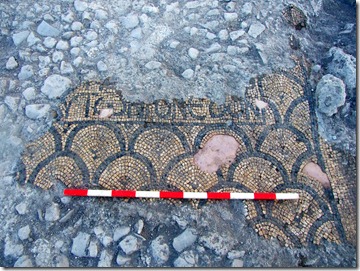Over the last decade, BiblePlaces has contributed photos to many calendars, but we think that the 2011 “Lands of the Bible” calendar is our favorite one yet. Orange Circle Studio is a leading calendar publisher and they chose some of our favorite pictures to brighten our days through the next year. Every month has two photographs for these scenic sites:
- Capernaum
- Garden Tomb
- Michmash
- Nile River
- Beth Shean
- En Gedi
- Jordan River
- Dead Sea
- Dome of the Rock
- Sea of Galilee
- Herodium
I have made special arrangements to purchase a limited number at an excellent price. A large 12” by 12” wall calendar is not inexpensive to ship, but shipping charges are already included in these prices:
- 1 calendar: $12 (retail $14)
- 2 calendars: $21 (retail $28)
- 3 calendars: $29 (retail $42)
- 4 calendars: $37 (retail $56)
- 5 calendars: $45 (retail $70)
We could have raised the prices and threw in a 20% off coupon, but we didn’t. These are absolutely rock-bottom prices. We have less than 150 left and when they are gone, they are gone.
You can see more about the calendar (with sample images) here, but the discount prices listed above are available only at BiblePlaces.com.

